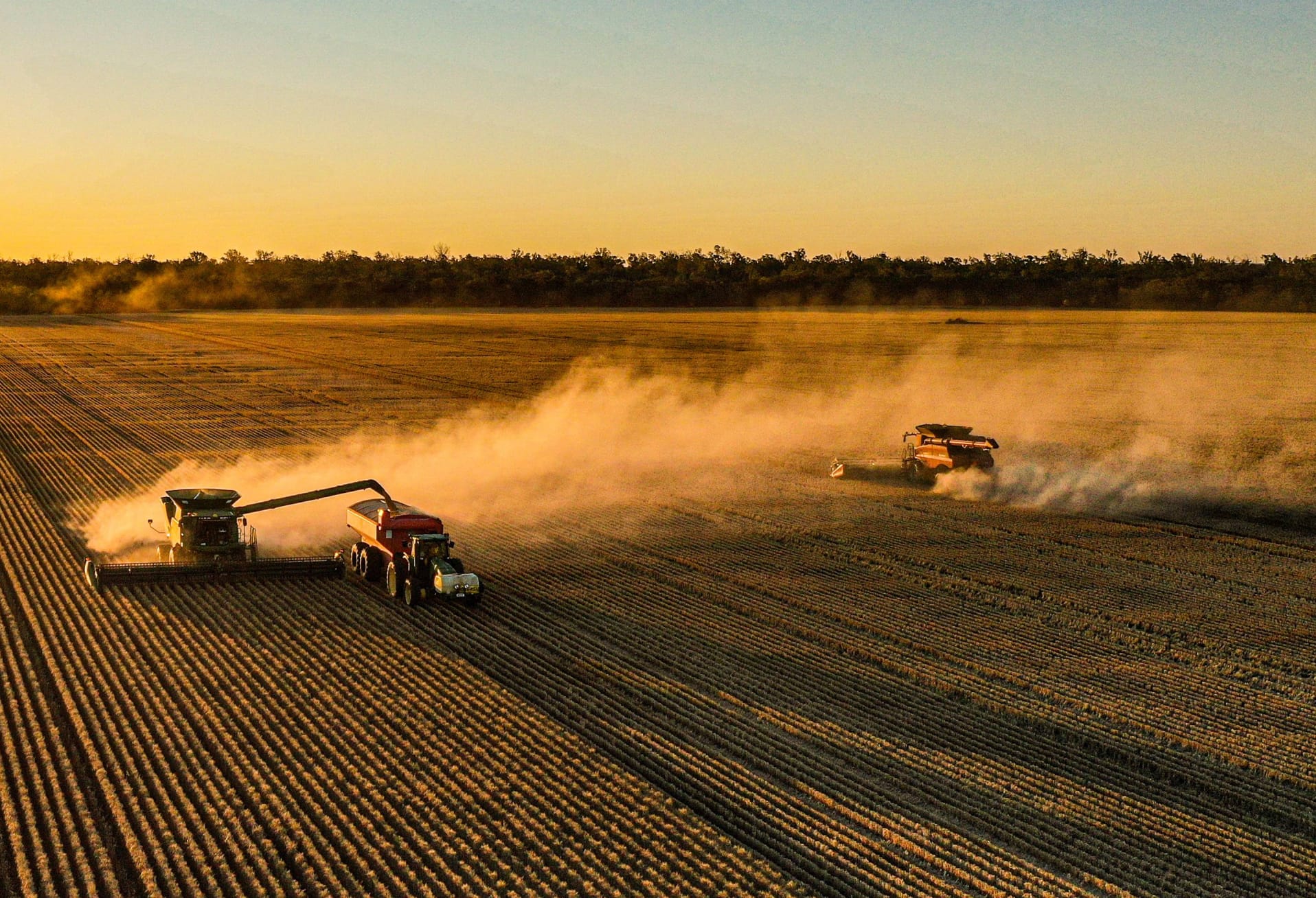Location: Glenlee
Crops: canola, wheat, barley, chickpeas, faba beans and sometimes lentils and lupins
Annual rainfall: 380mm
Soil type: mixed – heavy, black and red clay and some sandy loam
A farming career that spans more than 70 years has taught Glenlee farmer Harry Schwedes a thing or two about managing weeds, but as he attests, they still represent a big challenge.
Harry, who farms with wife Jean and son Greg, said they do their best to keep weeds at bay.
Cropping rotations that include a good mix of break crops, Clearfield and triazine tolerant varieties, vigilant summer weed control and a thorough herbicide group rotation regime have helped the family avoid any major herbicide resistance issues.
Throughout his long farming career, Harry has seen significant improvements in the productivity and profitability of his farm, but, together with these gains, the challenge presented by weeds has also increased.
“When I first took over the farm we didn’t have chemicals and we didn’t really have weeds apart from some wild oats and mustard,” he said.
“We started spraying in the 1960s; about the same time we started
using gypsum.”
Ryegrass, Brome grass, marshmallow and, more recently, wild radish are the main problem weeds on the farm.
Harry said wild radish became an issue after the purchase of land already affected by radish populations. Some of these populations went on to develop Group B herbicide resistance; they are now being managed with a combination of chemical and mechanical practices.
As a life-long student of farming, Harry said he has always been interested in industry news and agricultural research, and this has helped him improve his farm.
“I first started hearing about herbicide resistance 20 years ago. I became aware of how it could develop and what we needed to do to avoid it,” he said.
Without any livestock, weed control strategies on the Schwedes farm mostly involve herbicide use and crop/variety rotations; although the family
cultivates canola paddocks (after chemical fallow) and pre-drills fertiliser ahead of sowing.
Non-chemical strategies such as making hay, narrow windrow burning or using chaff carts have not yet been implemented, although Harry said they would consider these options in the future if there was a need.
“If a paddock has a weed problem such as Brome grass we’ll chemical fallow it, then sow canola and then wheat, selecting a Clearfield variety if necessary. We’re not restricted by a tight rotation which helps.”
Timely spraying is also important, according to Harry.
“We try to spray at the right time and control weeds with our rotations, but they’re always a challenge,” he said.
“Jean reminds me that when we first used chemical on the farm I told her we’d have no weeds within five years … I think that was 40 years ago.”
ADDITIONAL INFORMATION
2013 CHAIRMAN’S WELCOME | THE YEAR THAT WAS 2013 – FARMING FOR TOMORROW | 2013 RESEARCH SITES | 2013 SITE DESCRIPTIONS | BCG RESEARCH METHODOLOGY | GUIDELINES FOR INTERPRETING SOIL TEST RESULTS | 2013 GRAIN PRICES | 2013 BOARD, STAFF AND COMMITTEE | ACRONYMS AND ABBREVIATIONS | CEREAL GROWTH STAGE CHART | DISCLAIMER










